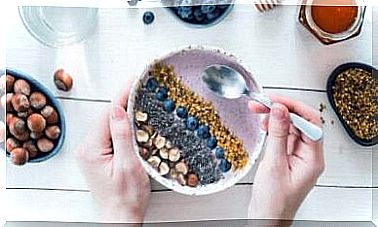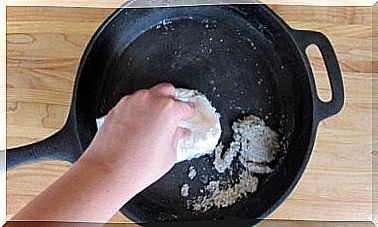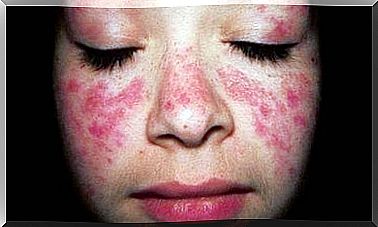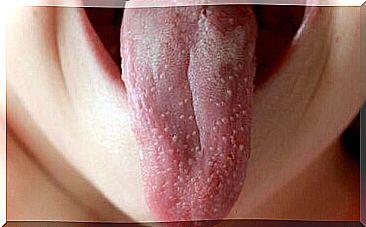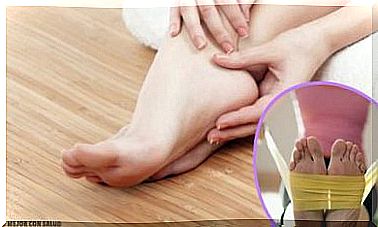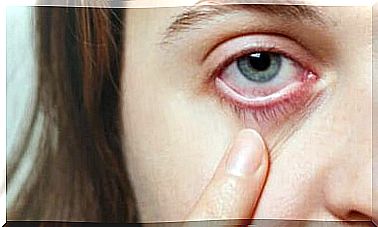Dark Spot Creams: Everything You Need To Know
Dark spots frequently appear on the skin of the face, décolleté and hands. To combat them, in addition to using anti-stain creams, it is essential to apply sun protection all year round.

Have you ever had marks on your skin that destroy that “summer vacation” aspect you have been looking for so much? It is one of the most common cosmetic problems. To combat it, there are anti-stain creams. How can they help us?
The effect of stain creams depends on the type of stain you are treating. To get results, you need to be consistent and always combine them with sun protection, even if some can only be used at night.
These types of creams are formulated with active depigmenting agents which slow down the production of melanin and stimulate cell regeneration.
Types of hyperpigmentation or spots
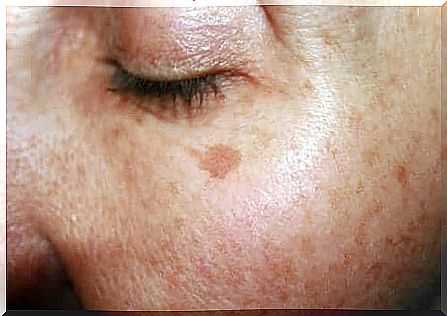
As a Mayo Clinic article explains, spots appear due to a buildup of melanin, a natural pigment that colors the skin. Hyperpigmentation falls into two types:
- Melanic: they appear, as we mentioned earlier, due to an increase in the production of melanin. In this group, we find freckles, melasma or hyperpigmentation due to inflammation. You can use anti-stain creams for this type.
- Melanocytics: these are caused by an increase in the number of melanocytes. This includes senile lentigines, simple lentigines and moles. This variety does not experience any changes with stain remover creams.
Most common spots on the skin:
The most common spots on the skin are:
- Solar lentigines: these are spots caused by the sun that form flat patches that are larger than freckles.
- Freckles: these are small brown spots distributed irregularly.
- Chloasma or pregnancy mask: it usually appears on the arms, forehead, upper lip, and cheeks. It is also known as melasma.
- Berloque dermatitis: these are spots that appear in the neck due to the use of certain perfumes, especially when they come into contact with ultraviolet rays.
- Cicatricial or post-inflammatory hyperpigmentation after lesions of acne, herpes zoster or allergic contact dermatitis.
What are the ingredients in anti-stain creams?
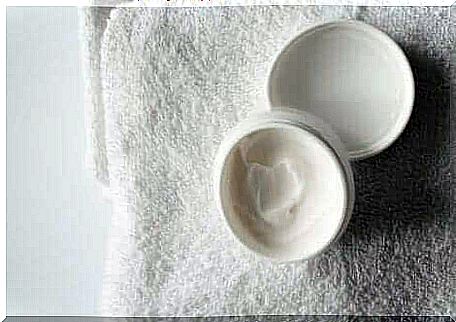
Anti-stain creams come in different forms: emulsion, gel, serum, hydro-alcoholic solution and mask. They can therefore easily adapt to all skin types.
Different active ingredients are part of the composition of depigmenting creams; you can see them on the label of each product. Among them, we often find:
- Antioxidants: like vitamin C, 5% – 15%.
- Mequinol: it is used at 2% – 10% and it produces a reversible depigmentation of the skin, preventing the metabolic processes of the melanocytes. A study published in Therapeutics for the Clinician confirms its effectiveness for solar lentigines.
- Azelaic acid: it is used at 10% – 20% and it is an antibacterial.
- 5% Niacinamide.
- Kojic acid.
- Plant extracts: bearberry, arbutin, liquorice, chamomile or mulberry.
- Acids: like phytic 1% – 2%, alpha lipoic 2% – 8% and ellagic 1%.
- Alpha-hydroxy acids: their function is to exfoliate the skin to minimize the appearance of spots, as detailed in an NIH publication.
- Keratolytics: such as salicylic acid.
In addition to those mentioned, other ingredients can be incorporated which require a medical prescription, such as retinoic acid and hydroquinone. Because of the various uses they can have, it is the dermatologist who must advise the use (or not) of a particular product.
Combine stain creams with sun protection
Spots are a chronic process that can get worse with exposure to the sun. Therefore, in spring and summer, you should apply the sunscreen half an hour before exposure and reapply every two hours.
It is also advisable to reapply the protector if you are going to bathe or if you practice an intense sporting activity. Remember the importance of using sunscreen every day. Among other benefits, it is a very good anti-aging cream because it protects the skin against the damage that UVA rays can cause.

Do you know how to apply anti-stain creams?
The general use standard is to use it once a day (at night) for a week or two, until the skin gets used to it. It is normal to notice some burning during the first applications; however, if the irritation persists, you should stop using the cream and consult the dermatologist who prescribed it.
While it is true that there are depigmenting creams that do not require a medical prescription, consulting a professional is very important because it guarantees greater safety and effectiveness of the treatment. In addition, some products are often more irritating and photosensitizing, so the doctor generally recommends applying them at night.
Once you get the desired result, it is advisable to follow a maintenance and photoprotection regimen, for as long as the specialist tells you. In addition, the dermatologist can recommend dietary supplements that help prevent the appearance of new spots and reduce existing ones.
Anti-stain creams: habits make the difference
Anti-spot creams help reduce dark spots and even out skin tone. Nevertheless, the result obtained with the treatment largely depends on how you use the sunscreen in your daily life.
Furthermore, it is important that the stain is correctly identified. Some do not improve with the application of creams, while others do. Therefore, we again advise you to seek professional advice.
